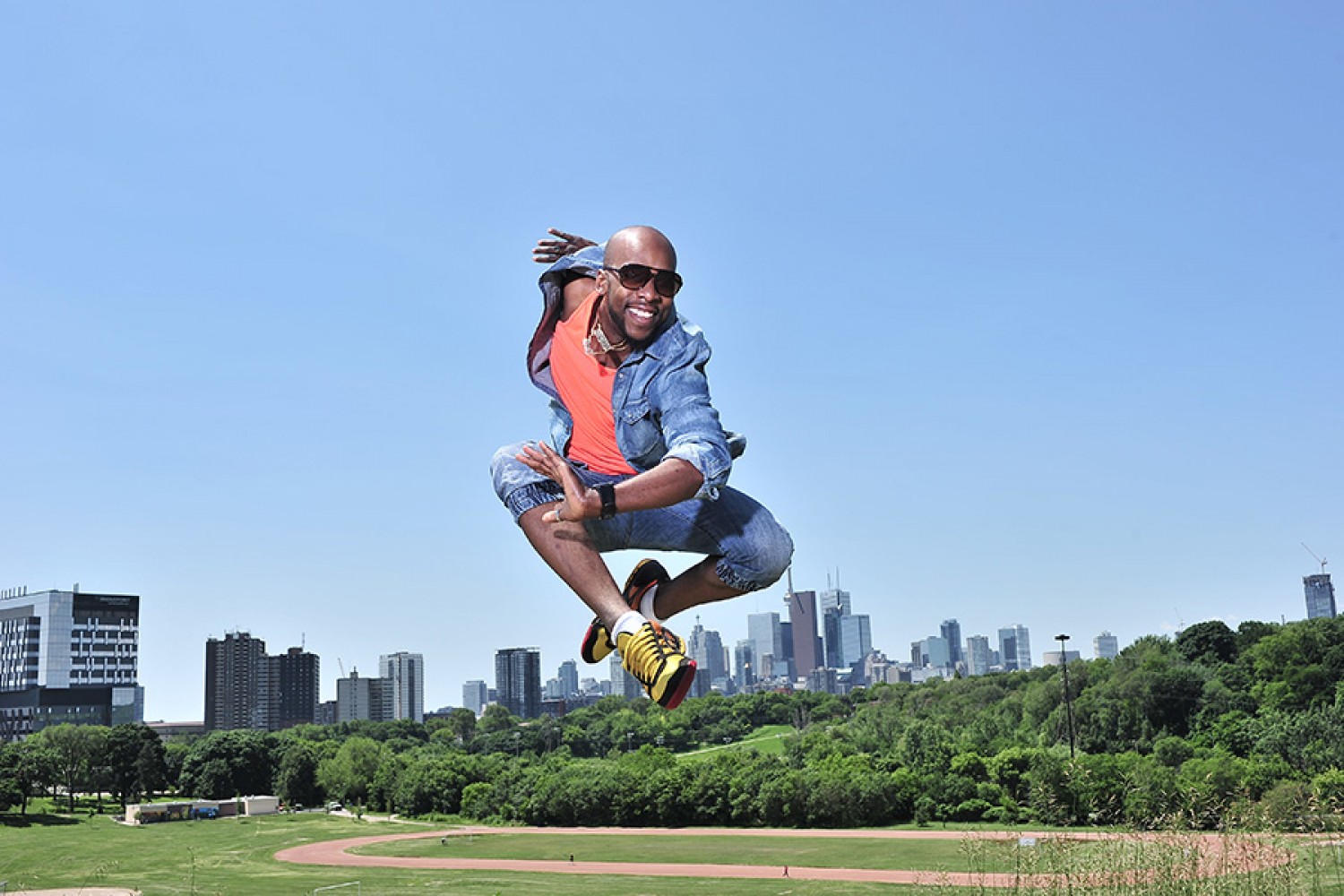How to Learn by Doing

Closing off our series on learning styles, we come to what may be the easiest way to learn to dance: kinesthetic learning. These folks cannot hear or see what needs to be done as well as others – they need to move into it.
The good news is dance involves a heck of a lot of movement, so it’s not as hard to pick up dance compared to say, algebra. On the other hand, long explanations of technique might sound like just more static to you. How then can we use our bodies to learn to dance?
Get your instructor on board.
Every instructor tends to have their own style of teaching, but they can usually flex to meet a student’s needs. Let your instructor know that standing around explaining a technique isn’t going to work for you: You’ve got to MOVE.
Example: Instead of explaining that technique, maybe they can demonstrate it, and have you mimic it. Or ask them to pause you at different points and move your body into the correct alignment.
Get to know your body.
One of the biggest challenges of learning to dance – and one of the greatest benefits – is that it requires increasing sensitivity to what your muscles and joints are doing. Start noticing how your body feels doing tasks you know well… ones that won’t suffer if you’re distracted.
As your dancing improves, take that same awareness into your movements. Be as specific as you can when trying to feel your way through each movement, for often a figure will feel twice as good with a very subtle change. Keep practicing, and you’ll build consistency and control over your body.
Practice!
Every dancer needs to build their steps into their muscles, but this is especially important for kinesthetic learners who rely on this kind of muscle memory. The tricky part can be recreating what you’ve learned in class. A few ways you might get around that are:
- Practice the patterns with another dancer after the class.
- Filming the movement (with the instructor’s permission).
- Make notes of each movement, being as specific as possible.
- Use metaphors that link the pattern to movements you are already familiar with.
Kinesthetic learners tend to excel fastest in tasks requiring body control, so dancing should be right up your alley. Happy practicing!
Part one: Learning through metaphors
Part three: Emotional learning
About the Author
Ian Crewe has been dancing ballroom for over 18 years, and has a Licentiate in American smooth and rhythm. His passion for dance eventually led him to blogging and the World Wide Web. Ian currently teaches at the Joy of Dance Centre, Toronto, ON, Canada.

